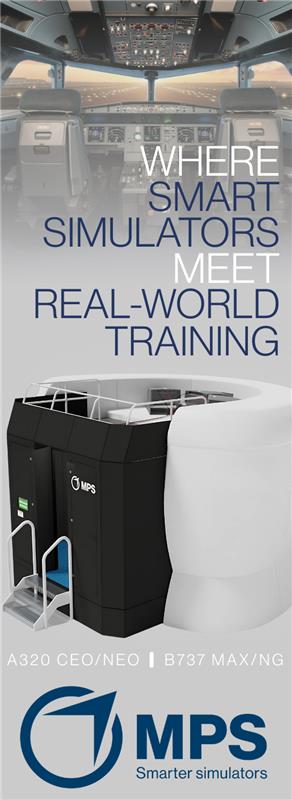CAE Webinar: How New Technologies Will Enhance Aviation Training
Robin Arhelger, Digital Product Manager, and Geoff Schnitzer, Client Account Lead, discuss how new technologies will optimize aviation training. Learn about innovative solutions that will make sure that pilot training is moving from reactive to predictive learning.
CAE Shows the Way Forward with Aviation Week Webinar
Aviation training occurs in a highly regulated industry and requires strict adherence to regulatory standards set forth by the applicable civil aviation authorities. However, aviation training often operates within a fragmented IT environment. Digital fragmentation is inefficient and reactionary because established platforms and methodologies can create resistance to change and many moving parts can impact true ROI. In addition, IT systems are often procured and implemented from a reactionary state. An integrated training management system is the answer to these challenges.
The Need to Shift to Digital Training
Airlines are demanding digital transformation and changes in technology have enabled a digital shift in aviation training. Today’s digital training delivers tangible benefits by being customizable, trackable and predictable. This provides the opportunity to tailor training to various groups and individuals, while ensuring continued regulatory compliance, and overall training consistency.
The Advantages of an Integrated Training Management System
By having an integrated training management system, aviation training and crew compliance can be significantly enhanced. A fully integrated TMS can improve overall training efficiencies by being scalable and modular with all training records in one integrated environment – all hosted on the Cloud with SaaS based deployments. As a result, minimal resources are needed for implementation and risk is mitigated thanks to up-to- date technology.
Integration. Intelligence. Efficiency.
Ultimately, a fully integrated training Management System elevates the training experience by being intelligent and efficient, reducing manual processes while making it easier to administrate training. Furthermore, with data driven training, the end user performance and competencies are more accurately captured and future training can be adjusted based on crew performance today. It all adds up to an improved user experience, lower learning curve and higher adoption throughout the talent lifecycle.
Source: CAE Blog
For more information, kindly contact CAE.
You may also check our Terms and Conditions for our Content Policy.
You may also check our Terms and Conditions for our Content Policy.
Searching for specific information – kindly contact us to see if we can assist you.
Check out the more than 18054 relevant pilot training industry updates here.




